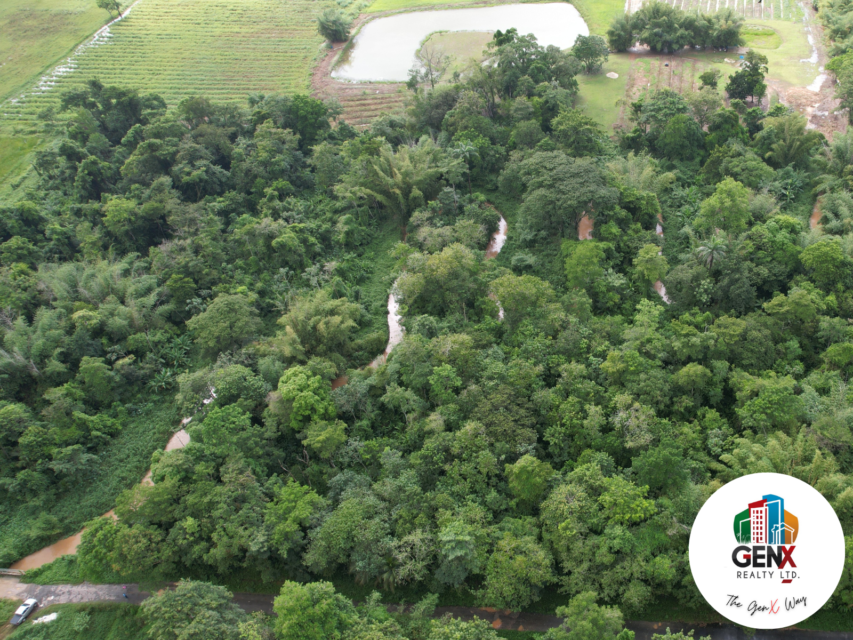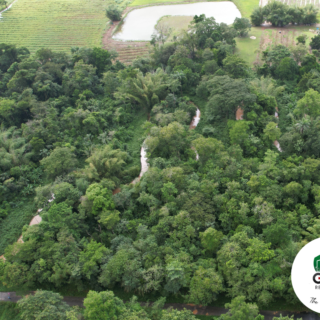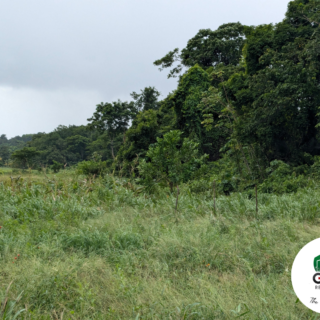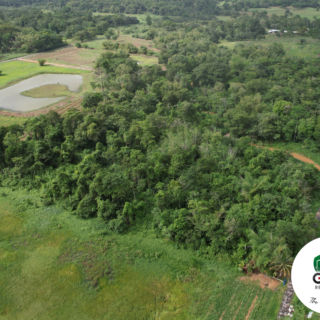About this Property
Plum Mitan 8-Acre, Agricultural Parcel
💲950K Negotiable 🏞🌴🏕👩🏾🌾
💵CASH PURCHASE💵
This 8-acre, flat, agricultural parcel is situated in the peaceful, countryside along Brigand Hill Trace in Plum Mitan. Running through the parcel is a serene river providing a natural water source that can support farming activities such as crop cultivation or livestock rearing.
Removed from the hustle and bustle of city life, this tranquil location allows you to be immersed in nature while still being within reach of amenities like Brigand Hill Lighthouse, mini-marts, schools, food places, natural attractions etc.
KEY FEATURES:
- Land Size – 8 Acres
- Trees Such as Lumber, Citrus & Coconut
- Full Road Frontage
- Access to Electricity and Water
CASH PURCHASE: $950K Negotiable
About the Region
Manzanilla
Manzanilla is located in East Trinidad and Tobago. Manzanilla is known as a fishing village that has successfully served its community for years. The village has grown drastically as many locals come to partake in the long drives to the beautiful beaches or just to enjoy the many seafood parlours that offers a menu that is “exotic” as some would say.
The residents depend on this to maintain a healthy livelihood and continuous business activity. Many land owners have either sold out and moved on or developed properties into resorts. Much locals stay at these resorts for the Easter, Carnival and long weekends.
Manzanilla is home to a never ending beach where Leatherback Turtles lay eggs. This beach is one of the best secluded beaches for long strolls, family picnics, camping activities but most notably ‘beach limes’ as the locals say. It is also one of the recommended beaches for those wanting to escape the noise and frenzy and enjoy a quiet beach experience.
Sangre Grande
The name Sangre Grande means "big blood", and it has been suggested that the town was named for a battle that took place between the native Amerindians and the Spanish settlers. However, this interpretation is not supported by historical records. The true origin of the name refers to when, in the late 1770s, Spanish surveyors who were charting the island for the purposes of creating a map, found that the waters of two of the tributaries of the nearby Oropouche River were red as blood, hence the name.













